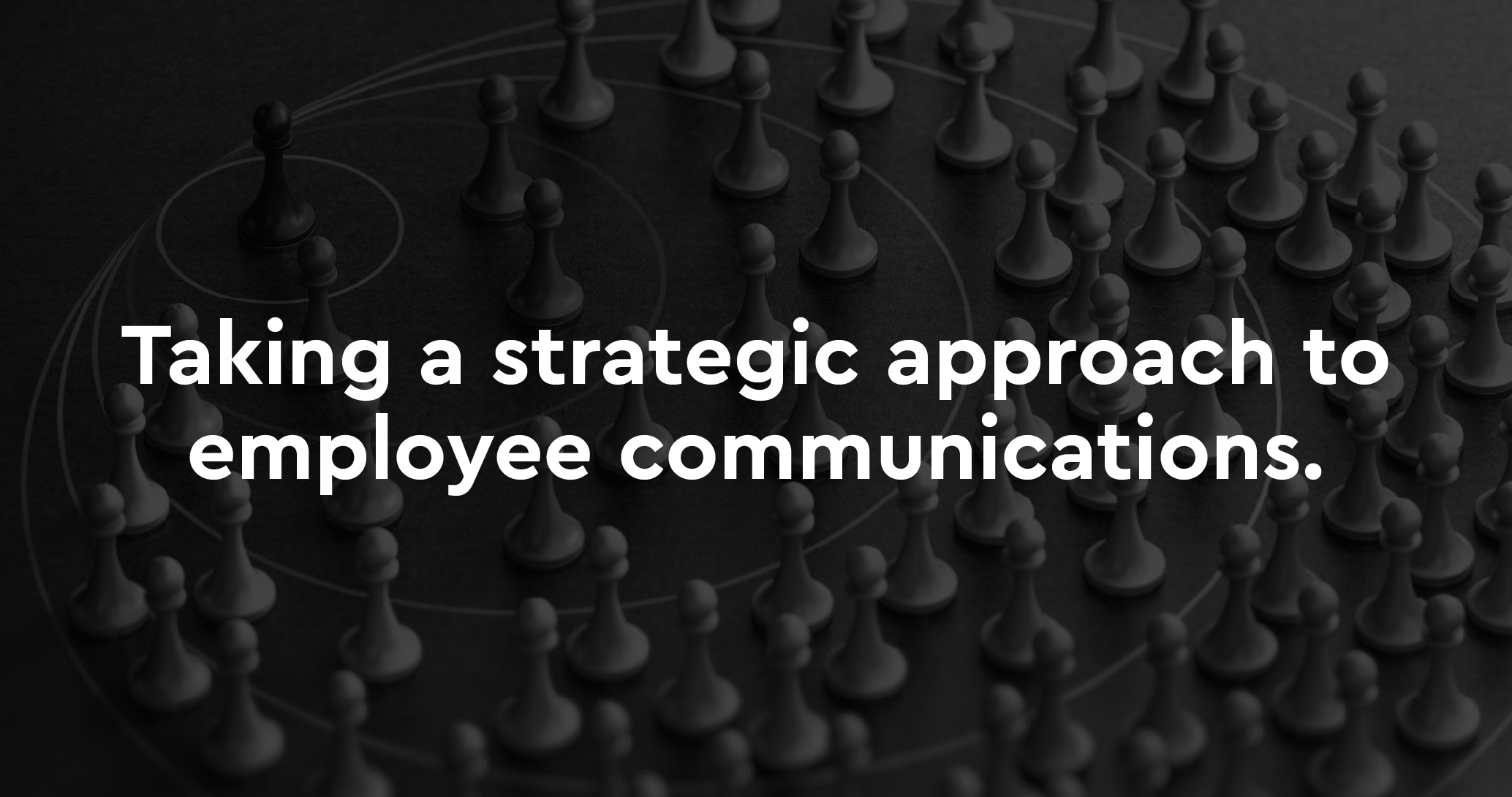
During a brand change, there’s often an objective to educate employees about what’s changing, why it’s changing and what it means for them. There’s also hope that employees will champion the brand and play a role in delivering the brand experience. So how do you encourage employees to listen, learn and care about what leadership has to say about brand change?
It only took a short conversation with Kerri Warner, Global Head of Leadership Development & Engagement at Mastercard to realize her strategic and intentional approach to employee engagement. That’s partly because before assuming her current role, Kerri had an extensive career in this space and was the Global Head of Employee Communications at Mastercard, making her a seasoned leader when it comes to fostering meaningful employee interactions. We asked Kerri to share her thoughts on communicating with employees through a change effort and beyond.
What we learned from Kerri goes beyond simply pushing communications at employees (things like sending weekly or monthly e-newsletters) and rather treating them like the most credible, autonomous brand influencers for a company that she believes they are.
She views the work of activating a new brand internally as guiding employees through a journey of awareness, action, adoption and advocacy – in this case, Kerri’s thoughts match closely with our philosophy around experiential brand training curricula, so we had to share:
1. Bring people in early
Kerri encourages organizations to bring a group of people together who can help shape change and communications efforts, “Some influencers as well as some potential nay-sayers, people who embrace the challenge and excitement of change and are willing to get behind something new.” Bring in leaders and employees early – not just to be champions, but to actually shape the brand refresh. Co-creation drives a sense of ownership – and lays the seed for authentic communication when it comes time to activate it.
2. Let employees tell your story
Kerri reinforces the power of employee storytelling to relay authentic examples of the brand, “Although a lot of the work is driven by those in enabling functions, like Marketing and HR, when it’s time for activation, it’s time for these groups to move more behind the scenes so others can carry the messages forward, sharing their stories of connection to the brand. Messages from peers are not only much more relatable, but they also deepen engagement and create opportunities for new spokespeople. Think of it as story-mining, listening to your people to understand what really matters and sharing that with the broader organization. Use activation as a time to share how your refreshed brand powers your business strategy and reflects employee listening efforts,” she says.
3. Create relevant and authentic experiences that meet people where they are
“Employees receive very few email 'blasts' centrally at Mastercard and when it comes centrally, it’s generally from our CEO. More often, employees opt into communities that they are interested in, where interactive dialogue takes place – it’s a two-way street and highly relevant to the projects, work and interests they have,” said Kerri. She elaborated on the purpose of a central communications hub where people can go to learn more about exciting business development, find answers to questions, stay connected to colleagues around the world and get leadership perspectives – sometimes via direct comments to employee blogs and stories.
Taking a strategic approach to employee engagement is imperative when an organization goes through brand change, given the role employees play in making that brand credible both internally and externally. Today’s reality is that the lines between internal and external communication have blended. Having employees understand the “what” and “why” of your new brand – and taking action to support and advocate for it has big payoffs, both in engagement and talent attraction. That’s one reason why we ensure employee engagement planning is an integral part of our launch and implementation planning process. We are thankful for the perspective Kerri shared with us and completely agree! Interactive communication is foundational to brand training and governance, reinforcing brand change and driving consistency.
If your organization is going through brand change, we’d love to partner on your launch and implementation efforts. Connect with us at hello@tentengroup.com or www.tentengroup.com.
